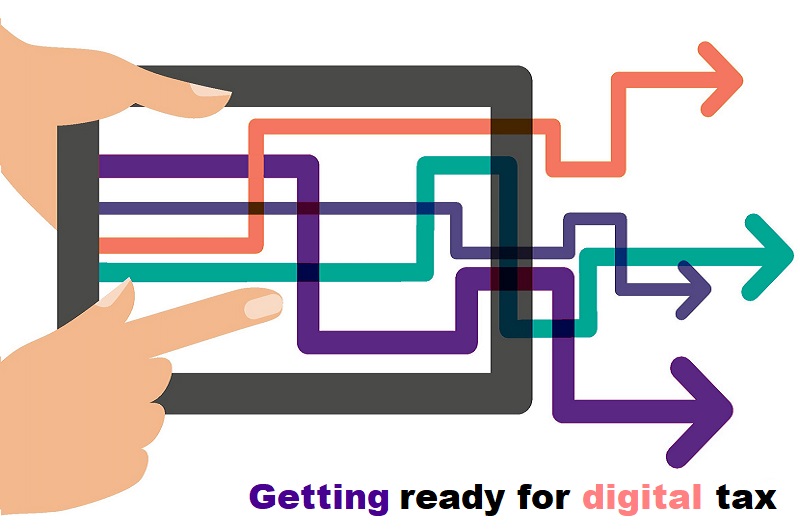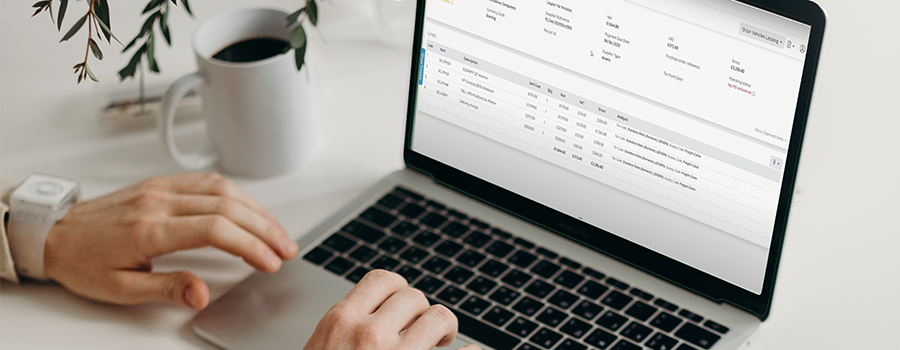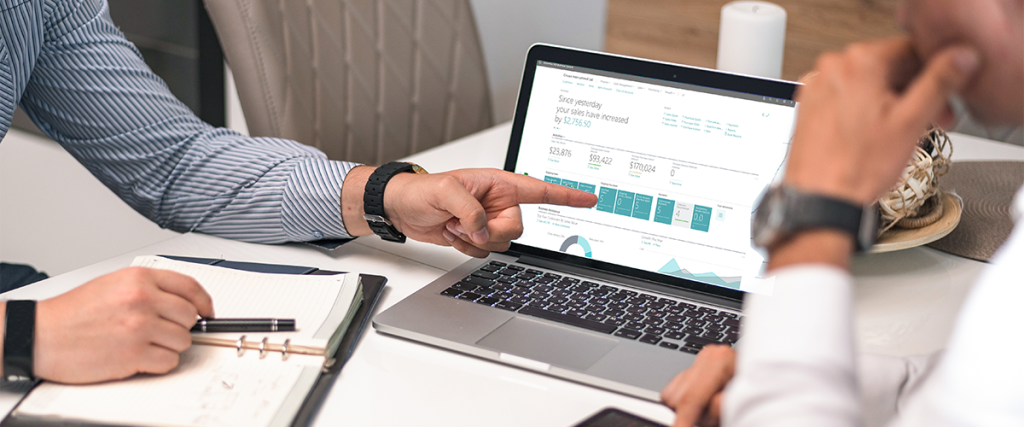“Around two million small businesses, landlords and the self-employed already use software to manage their affairs. Digital tax will develop from this. Many are already using apps to regularly record their income and expenses. And so far this year, more than seven million people (around 87%) have filed their Self-Assessment digitally, up from just 39,000 (0.5%) when it was first introduced in 2000.
The tax system should make it easier for businesses to get their tax right first time. The latest tax gap figures show that too many businesses are prone to making mistakes with over £8 billion a year in tax lost from avoidable taxpayer errors. This not only costs the public purse – it also causes businesses cost, uncertainty and worry when HMRC is forced to look into their affairs.
Making Tax Digital will tackle these challenges. It will help businesses steer clear of errors, get their tax bills right and give them a clearer view of their tax position in-year. I recognise that this will be a change for many businesses. But the Government is committed to delivering this change in a way which is responsive to the diverse needs of the business community.”
Bringing Business Tax into the digital age
Summary of responses – Jane Ellison
31 January 2017
What is Making Tax Digital?
Making Tax Digital (MTD) is part of the government’s plan to make it easier for businesses to stay on top of their day-to-day accounts. HMRC aims to be one of the most digitally advanced tax administrations in the world – thus improving efficiency, effectiveness and ease of compliance between Government offices and taxpayers.
“The HMRC aims to close the digital gap between business accounting systems with HMRC services and in keeping with today’s – if not – tomorrow’s digital and cloud technology. With many businesses already adopting hosted applications for most of their business functions, SMEs across the UK will need to ensure their accounting systems are set up to manage digital transactions and dealing with the HMRC online.” Claire Pierce – Pegasus Opera consultant and accounting specialist at Synergy Technology.
Making Tax Digital presents significant benefits for customers. It will mean that businesses and taxpayers will not have to give HMRC information that it already has, or that it is able to get from elsewhere – for instance from employers, banks, building societies and other government departments.
Taxpayers should not have to wait until the end of the year or longer to know how much tax they should pay. HMRC will collect and process information affecting tax as close to real time as possible, to help prevent errors and stop tax due or repayments owed building up.
Eventually customers (and their agents) will be able to interact with HMRC digitally and at a time to suit them. They already have access to a digital account which will present them with an increasingly personalised picture of their tax affairs, along with prompts, advice and support through webchat and secure messaging.
Operative dates for the implementation of Tax Digital
The government first announced its vision for modernising the tax system at the March Budget 2015. At the Spring Budget 2017 the government announced that it would provide 3.1 million small businesses with an extra year (until 2019) before they are required to keep digital records and send HMRC quarterly updates.
VAT comes first
Every individual and business now has access to their own personalised digital tax account and these are being regularly expanded and improved. From April 2019, legislation will require businesses above the VAT threshold to set up a digital tax account and file quarterly returns online. Preparation starts now, with businesses and accountants moving online to improve efficiency, boost profitability and make the transition painless.
This is the projected timeline from HMRC (subject to change):
- July – December 2017: Digital tax accounts show taxpayers an overview of their tax liabilities in one place. Automatic tax code adjustments to prevent PAYE under and overpayments
- March 2018: By March 2018, the functionality provided by the Government Gateway will be migrated to a new HMRC Multi Digital Tax Platform (MDTP). The new platform will cater for online VAT and RTI submissions via what HMRC refers to as a ‘transaction engine’, which will have a different URL compared to the current Government Gateway. Customers will have to migrate to the new transaction engine by approximately 13 February 2018, after which the current Government Gateway service will end.
- 2019: From 1 April 2019 VAT100 submissions must be done via software interfacing with the new API.
Most businesses, self-employed and landlords start updating HMRC quarterly for VAT obligations through their accounting software. - 2020: Most businesses, self-employed and landlords start updating HMRC quarterly for income tax and National Insurance obligations through their accounting software.
It is also planned that most businesses, self-employed and landlords will start updating HMRC quarterly for Corporation Tax obligations through their accounting software.
By 2020 HMRC aims to have the full range of HMRC services available through digital tax accounts.
Learn more about Tax Digital at the Government website
What businesses need to do to prepare
As part of the objectives for Tax Digital, ultimately digital record keeping software will be linked directly to HMRC systems, allowing customers to send and receive information directly from their software. As a result paper records will no longer be sufficient and it will become mandatory for almost all businesses (self-employed, partnerships and limited companies) and landlords to use accounting software or an electronic spreadsheet to keep accounting records. The day will come when paper accounting records will cease to meet the requirements of tax law.
Businesses need to be aware that as part of Tax Digital there will be a requirement to submit updates to HMRC each quarter directly from accounting software, within one month of the end of each quarter. As HMRC has indicated that the existing Government Gateway will cease to be available, it is imperative that your accounting system is set up to do this direct.
Read our five tips for making sure you and your accounting system is ready >>
To ensure your accounting system and your business is ready to comply with Tax Digital regulation, contact Synergy Technology on 0345 456 0050 to discuss your business accounting software system and for further information about hosted and secure digital work space services.


